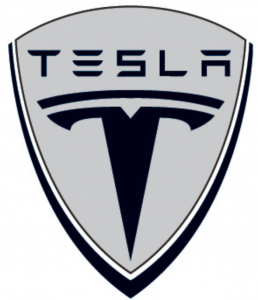 Elon Musk has gotten a lot of praise recently, just in the last week his SpaceX rocket landed safely and he sold $14 billion worth of new cars and he doesn’t have to even deliver the first one for nearly two years. But I am surprised he didn’t heed a lesson we learned from Harley Davidson from the 1990s – but I am getting ahead of myself.
Elon Musk has gotten a lot of praise recently, just in the last week his SpaceX rocket landed safely and he sold $14 billion worth of new cars and he doesn’t have to even deliver the first one for nearly two years. But I am surprised he didn’t heed a lesson we learned from Harley Davidson from the 1990s – but I am getting ahead of myself.
The 325,000 or so pre-orders for the new car dwarfs the total number of cars it has ever sold to date by nearly 300% if you believe Wikipedia (I do). Already predictions are that they will have to build entirely new battery factories just to make the 325,000 specialty batteries that have been invented just for Tesla. There are so many things that could turn this into a Hollywood movie, whether triumphant Seabiscuit story, or a tragic Jordan Spieth almost made it story, or something else. It will be a Harvard Business Review case study for the ages no matter what the outcome, and I would be surprised if Michael Lewis is planning to become Elon Musk’s new best friend so he can write his next Moneyball, The Big Short sort of story on this.
But less than a week into this already dramatic story, I am surprised Musk and Tesla played it the way that they did. One simple change in the narrative would have totally changed things for Tesla’s next two years, and it seems like it would have been a savvy move.
If we go back to the 1990s, this TinyUrl link to an article is a decent summation of what they did (http://tinyurl.com/jetqteq). Unlike Tesla back in those days, Harley-Davidson was in big trouble. They were one of the biggest brands of the 20th century (you might say they were the Cadillac of motorcycles while we are talking about great automotive brands – though that brand ran into some similar trouble shortly after Harley-Davidson). But Harley almost went out of business. So what did they do when they weren’t selling enough motorcycles? It seems like a bit of a wacky strategy even today, but they limited production. By creating scarcity of their product, people went nuts, and not only were they able to sell motorcycles at more than list price (which made dealers wealthy), they also turned their merchandising business into a cash cow, or hog.
What does a dying brand in the late 20th century have to do with Tesla? One could argue that Tesla has the complete opposite problem – they have so much demand they are at risk of not meeting it and alienating their entire customer base. But this risk is their creation. They put themselves in this spot. Had they limited production to even 100,000, that would have been a far less risky commitment and that scarcity of demand would have created even more cache for what is now a pretty elite brand. There is already some risk that the brand has been cheapened by offering a car in the class of the Prius – if they made them scarce (unlike the Prius) even at a lower price point they could maintain elite brand status. I doubt Tesla customers would have been alienated by this approach, and if Tesla used this two years to crank out *just* 100,000 of their new model, and then took the orders for the next 100,000 or 200,000 I think everyone would be just as happy and Tesla would have created less self-imposed risk for themselves.
I will be very interested to see how this plays out. And if Michael Lewis does write a book about it – I will be the first to pre-order the hard cover version of that on Amazon.
Leave a Reply